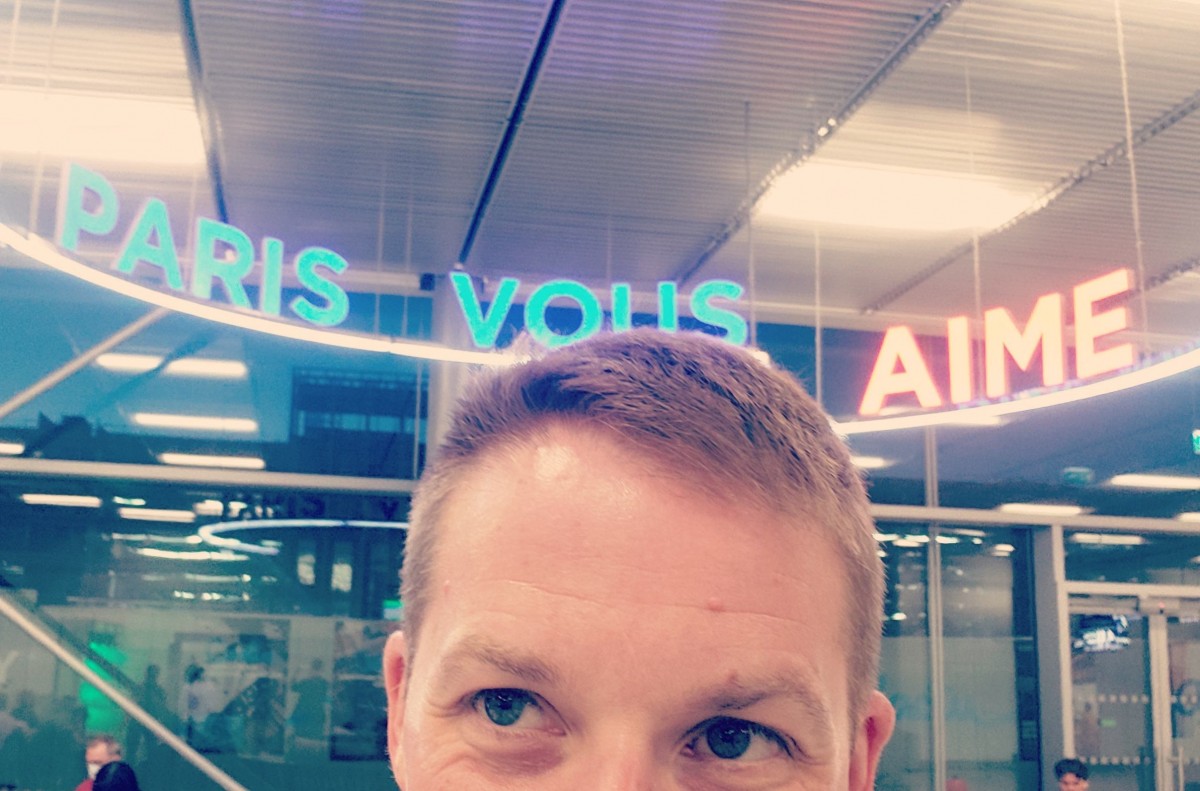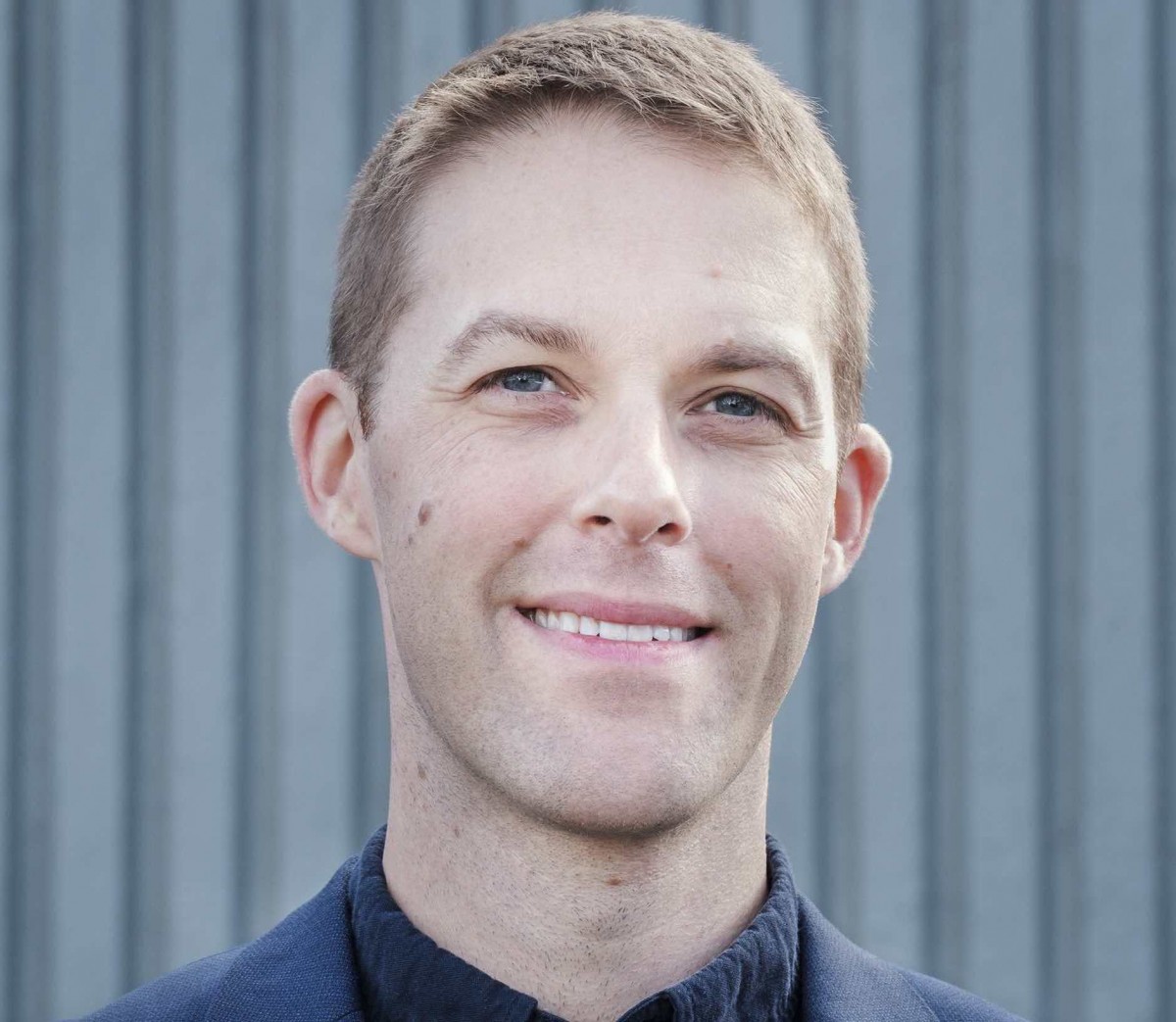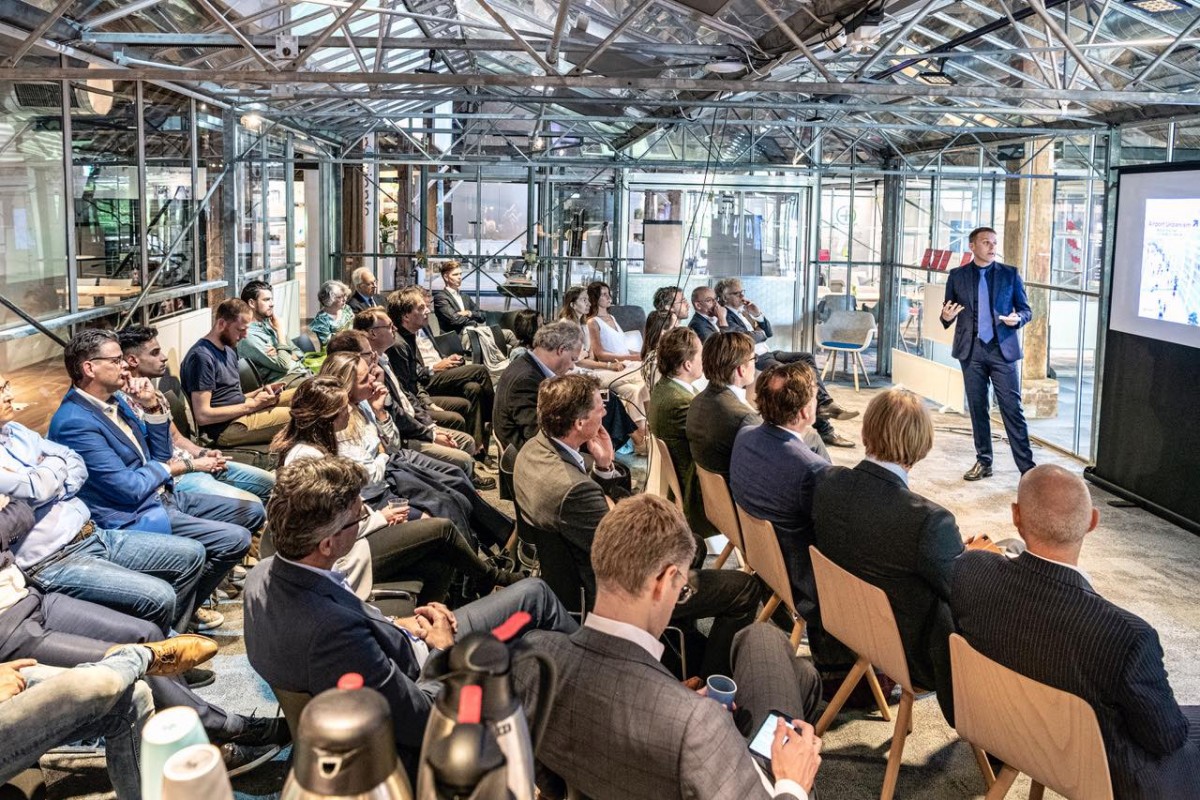3 Takeaways from Passenger Terminal Expo
-

-
I recently had the pleasure of attending Passenger Terminal Expo in Paris. It’s the first time PTE has taken place in-person since 2019. Clearly, a lot has changed! Here are my three key takeaways.
1. Mind the (skills) gap
Some of the most exciting presentations focused on automating operations and emerging aircraft technologies. After two years of mostly depressing news, I really appreciated this focus on the future of aviation. That said, I couldn’t help notice a pretty big gap between what’s being discussed at major industry events—and the very real challenges that airports are currently facing.

-
My trip to PTE highlighted some of those challenges. I started my journey at a mid-sized hub that recently automated its baggage handling system and installed common-use bag drop terminals. Just as I arrived at the airport, the BHS software crashed. None of the staff knew how to restart the system, and they clearly hadn’t been trained to deal with this kind of disruption. Check-in ground to a halt for nearly an hour—at the height of the morning rush—until a supervisor could get tech support on the phone.
After clearing security, I boarded my flight to Paris. As the last remaining travelers settled into their seats, the captain announced that one passenger hadn’t shown up, and their suitcase would need to be removed from the hold. In a weary voice, he apologized for what would likely be a long wait—90 minutes, in fact—because no baggage handlers were available to offload the luggage.
Upon landing in Paris, we encountered yet another challenge: ground staff couldn’t figure out how to connect the jetbridge to the aircraft. After several failed attempts, they gave up. We then waited 25 minutes for a staircase to arrive and deplaned onto the tarmac. All told, what was supposed to be a short hop of less than two hours ended up taking double that amount.
So what? My bumpy ride to PTE illustrates two big-picture challenges our industry is struggling with as travelers return to the skies. Let’s start with the obvious one: airports are short-staffed. The reasons are complex; this article provides a handy overview. In a nutshell, we can boil our staffing challenges down to one tough question: how can we make working at an airport as attractive as working for an e-commerce firm? If we want to recruit new talent, we’ll need to come up with some good answers.
Airports also face a second, less obvious, challenge. Automation is transforming the relationship between the technologies that airports use and the people who operate them—and our workforce is struggling to adapt. Some of those growing pains can be attributed to a lack of technical literacy and problem-solving skills, pointing to the urgent need for training (and retraining). We face a growing gap between our workforce’s current skill set and the skills we'll need in the future. Closing that gap will require significant investments in education and talent attraction. Rather than prioritizing technology over people, successful airports will aim to achieve the right balance between the two.

-
2. Make sustainability pay
Covid brought aviation to a near standstill: in some places for months, in others for years. Forward-thinking airports leveraged that unwelcome downtime to tackle aviation’s biggest long-term challenge—climate change—trialing new technologies and operational procedures that will far outlast the current crisis.
Some of the most exciting innovations are taking place in building technologies. In a fascinating example of circular construction, Ronald Lunstroo explained how Schiphol built a new security checkpoint using leftover materials from a soon-to-be-demolished cargo facility. His Dutch colleague Pieter van der Horst showed how SADC delivered the enabling works for a logistics hub using clever soil stabilization techniques, thereby cutting paving costs and eliminating the need to truck in sand. Meanwhile, ADP’s Sébastien Malaussène and Romain Clouzeau highlighted the technical and financial impact of carbon budgets on construction works at Charles de Gaulle.
So what? Many sustainable aviation technologies are years away from being technically and/or economically viable. By contrast, sustainable building technologies tick both boxes today. They’re a near-term, cost-efficient way for airports to decarbonize their operations—and their business model. Carbon budgets and life-cycle financial modeling are transforming the way infrastructure projects are budgeted and procured. Communicating those evolving metrics—both internally and to potential bidders—is an essential step towards making sustainability commercially viable.

-
3. I got covid
Covid was my least pleasant “takeaway” from PTE. Two days after the conference ended, I started experiencing the telltale signs: fever, muscle aches, sore throat. After years of diligent masking and vaxxing, this was a bit of a letdown—but not entirely unexpected, given that I spent two days with thousands of people from all over the world. Of course, it’s impossible to pinpoint where exactly I got covid. But recent conversations with other attendees suggest I’m not the only one who got sick. And it comes on the heels of another big aviation conference that turned into a superspreader event.
So what? I’m fed up with online conferences and am eager to get back to meeting in-person. But it’s clear that mega-events are a risky endeavor. A simple solution? Give everyone a rapid test before they enter the venue. They’re quick, cheap, and easy to administer. While I wish it weren’t true, the pandemic is still very much with us. Conference organizers need to adapt to the new normal to protect their customers—and to win back the many people who are steering clear of big events.
Special thanks to Brian Cobb, Arturo García-Alonso, Brett Hartle, Arja Lukin, and Khaled Naja.
-
-
-
-




